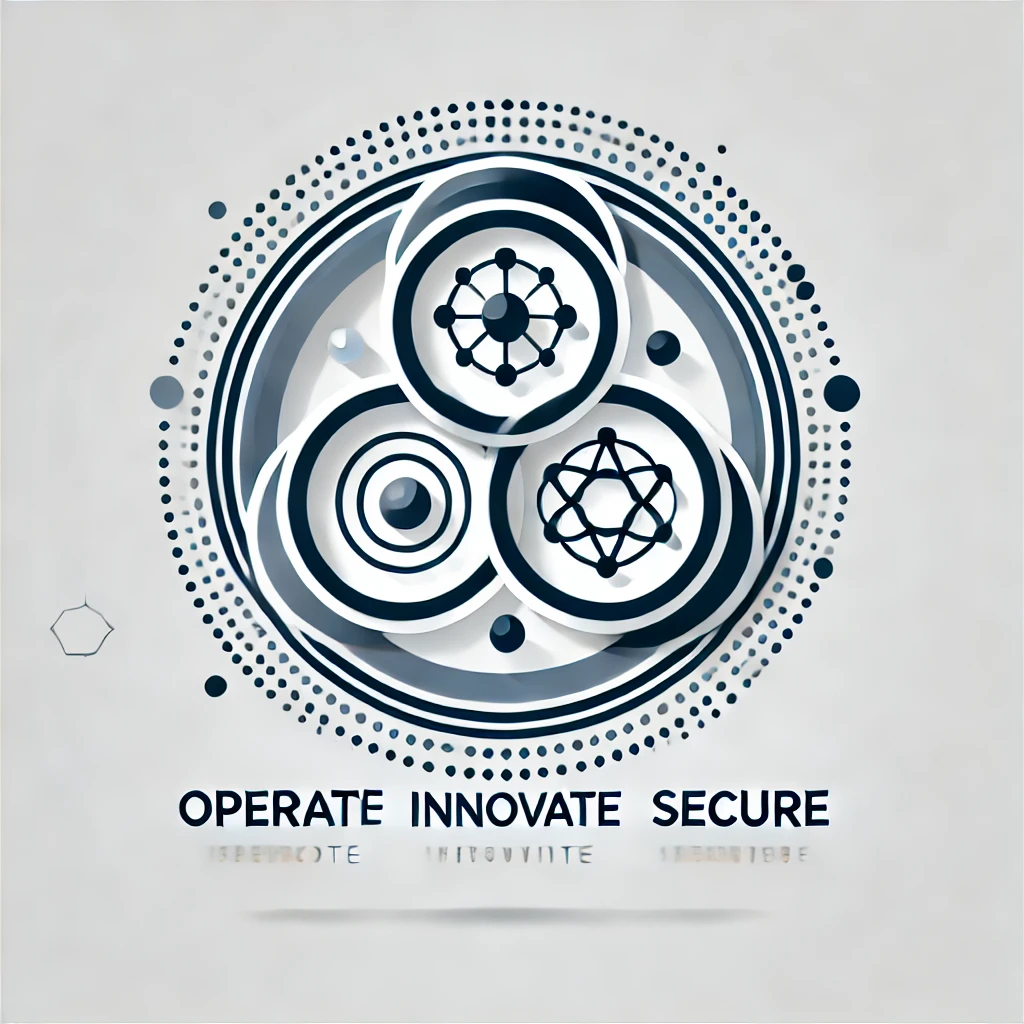In technology leadership, it's common to encounter annual proclamations of shifting priorities for Chief Information Officers (CIOs). Recent articles, such as "10 top priorities for CIOs in 2025" by CIO.com, Info-Tech Research Group's "CIO Priorities 2025," and PwC's insights on "What's important to the CIO in 2025," highlight trends like:
-
Democratizing AI,
-
Developing a future-proof workforce, and
-
Modernizing data architectures.
While these emerging focuses are noteworthy, it's essential to recognize that the core responsibilities of a CIO remain steadfast: Operate, Innovate, and Secure.

That is, the top 3 CIO priorities remain consistent through changes in technology and business climate across time. Here are the priorities originally cited from The CEO’s Guide to Hiring a CIO:
Operate the technology organization successfully. Every organization, including the technology organization, has a steady state, or "run" state, in which it operates. Operating successfully in a steady state means meeting service levels and accommodating requests for regular, recurring events and periodic interruptions during day-to-day operations.
Innovate within the organization and its industry. An organization that stands still is an organization that is deteriorating over time. Especially within technology, a failure to innovate and change leads to mountains of technical debt that weighs down the organization and threatens its existence. Successful innovation requires that the CIO put a process in place to make it regular and recurring. In most technology organizations, the method described above (Assess, Align, Remediate, Operate) is sufficient. Within technology companies (e.g., commercial software/SaaS), the innovation process is core to the business. It involves proactive and sustained interplay between Product Management, Product Development, and the other business functions to operate as an innovator for their customers. The CIO often relies on implementing and maintaining products from technology companies for much of its innovation.
Secure the organization by protecting its assets and reputation and remaining compliant with required standards. All organizations face threats from bad actors intent on extorting money, secrets, and protected information while inflicting reputational damage. Many security frameworks, policies, and controls are designed to mitigate these risks. The CIO typically addresses this priority through a partnership with the CISO role and relationships with auditors and security vendors to identify, protect, detect, respond, and recover from risks.
While consulting firms often publish annual reports highlighting new priorities — frequently based on executive polls and designed to generate engaging content —the reality is that experienced CIOs understand the importance of adhering to these three timeless principles. Experienced CIOs create a stable foundation that allows the organization to adapt to new technologies as they emerge by focusing on:
-
Operating efficiently,
-
Driving meaningful innovation, and
-
Ensuring a robust security ecosystem,
At Fortium Partners, our seasoned CIOs stick to these basics. This disciplined approach enables us to evaluate new technologies methodically, determine their relevance, and decide how best to integrate them into our existing systems. We recognize the importance of continuous learning and encourage our teams and C-suite leaders to stay informed about technological advancements. However, this commitment to staying current is a skill developed as part of the "Innovate" priority and ensures that any adoption of new technology is both strategic and beneficial.
While it's beneficial to be aware of emerging trends and insights, the core priorities of a CIO—Operate, Innovate, and Secure—remain unchanged. By steadfastly focusing on these areas, organizations can navigate the complexities of the technological landscape with confidence and agility.
To learn more about how Fortium Partners can help you leverage technology for business growth, contact us here for a brief chat.
Or take our 2-min. Technology Assessment and gain insights into how strategic technology can help drive business growth.


